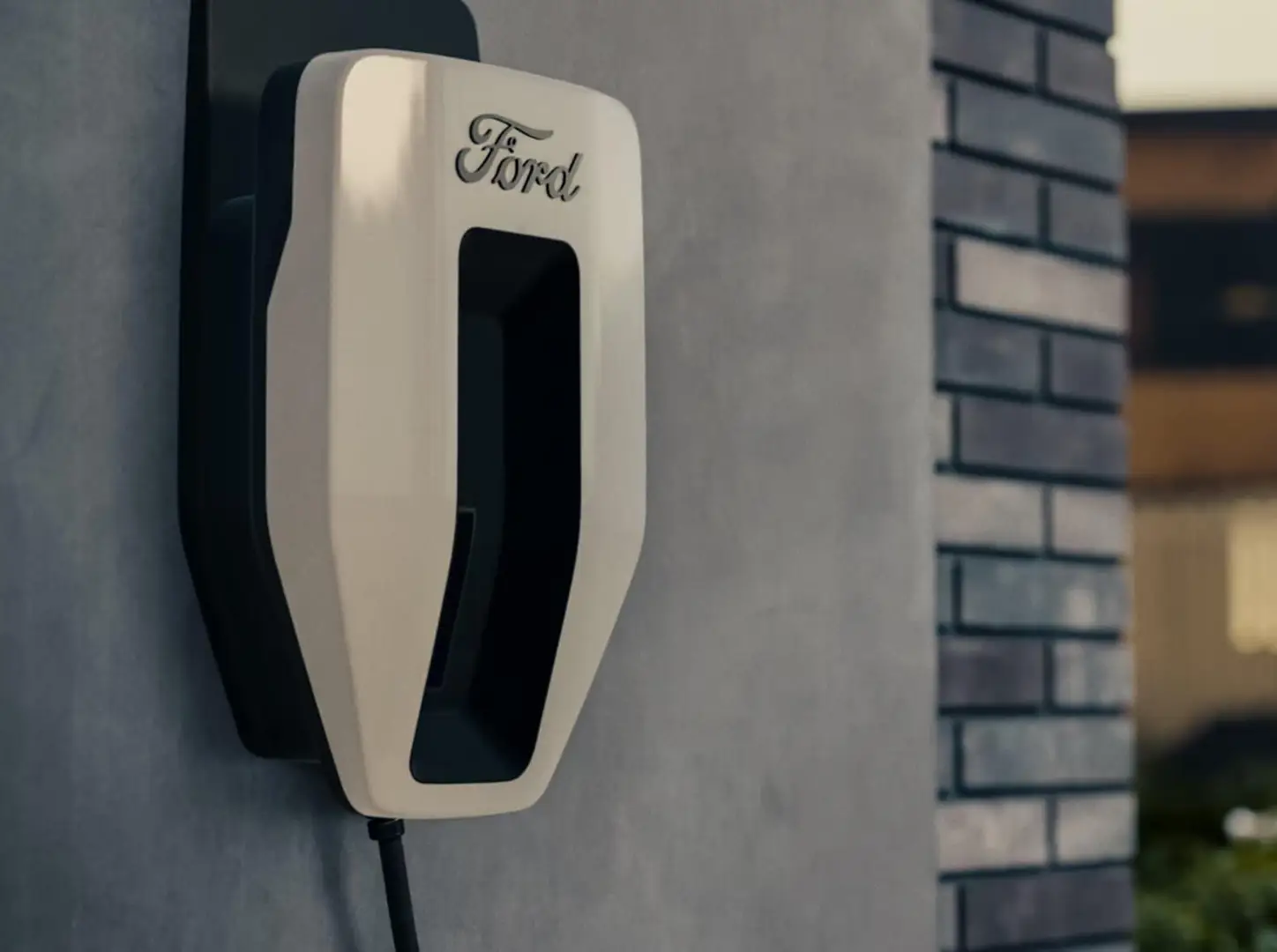Dive Brief
General Motors has announced the launch of its first vehicle-to-home (V2H) charging products through its new subsidiary, GM Energy. This offering, which was revealed in a press release last week, is now available to residential customers.
The V2H charging bundle from GM Energy includes essential hardware that facilitates energy transfer between a compatible Ultium-based GM electric vehicle and a properly equipped home. The 2024 Chevrolet Silverado EV First Edition is the first vehicle to support this bidirectional charging technology. GM plans to expand V2H capabilities to other Ultium-based models by the 2026 model year.
Dive Insight
GM and other automotive manufacturers are working to utilize the stored energy in electric vehicle (EV) batteries to power homes during outages or peak demand periods, when energy costs are usually higher. For instance, GM’s Ultium Home V2H Enablement Kit comprises a power inverter, home hub, and a dark start battery, capable of delivering 9.6 kilowatts of discharge power from the vehicle.
The V2H charging products from GM Energy will be available in various bundles, allowing residential customers to select the package that best suits their needs. Installation services will be provided through GM Energy’s partner, Qmerit, which will also assist with obtaining necessary permits and connecting the system to local utility infrastructure.
Customers can access GM Energy’s products through the automaker’s vehicle companion apps and the GM Energy Cloud software platform, which allows for efficient management of power transfer between their GM EV and home.
Following the 2024 Silverado EV First Edition, GM intends to introduce V2H capabilities for the electric GMC Sierra pickup, Equinox, Blazer, Cadillac Lyriq, and the upcoming Escalade IQ.
“With the introduction of these new offerings, it has never been easier for our customers to access the expanded benefits of a holistic EV ecosystem, helping to mitigate the impacts of power outages and enabling them to offset certain energy costs over time,” stated Wade Sheffer, vice president of GM Energy, in the press release.
Ford also provides a similar V2H charging solution for the electric F-150 Lightning, which necessitates the purchase of Ford’s Charge Station Pro alongside the automaker’s Home Integration System to enable bidirectional charging. According to Ford, the F-150 Lightning, equipped with a larger extended-range battery, can power an average home for up to three days.
In December, Volkswagen announced the launch of a vehicle-to-home pilot program in Sweden in partnership with HagerEnergy GmbH, positioning itself as one of the first to offer a bidirectional charging solution based on the Combined Charging System standard used by EVs in Europe.
GM Energy is set to release additional residential products later this year, including stationary energy storage and solar integration solutions. The company has created a website to help customers learn more about V2H bidirectional charging technology, connect with product specialists, and address any inquiries.







